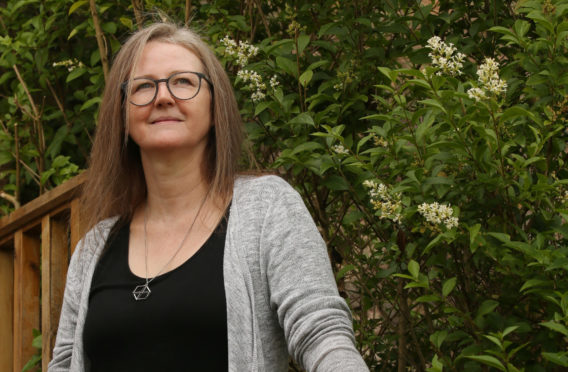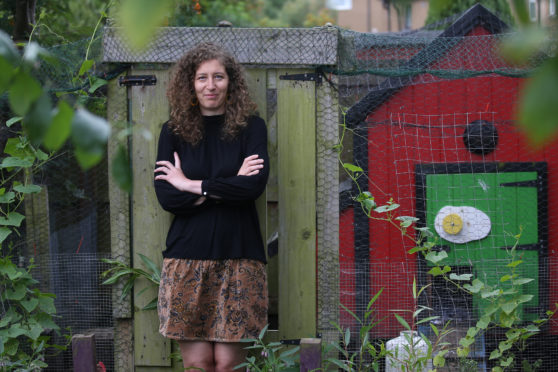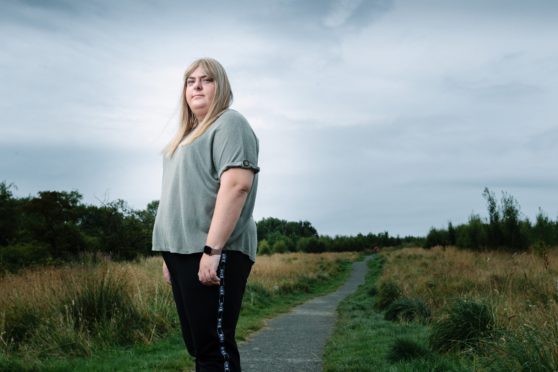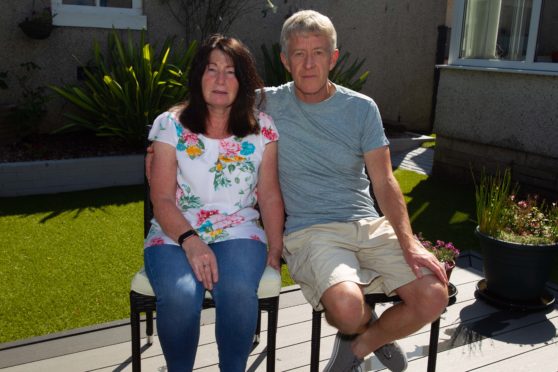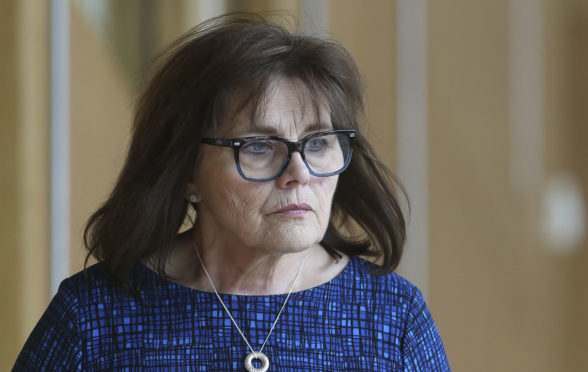
Jeane Freeman has instructed Public Health Scotland to reveal how many patients were transferred from hospitals to care homes after testing positive for coronavirus.
The Health Secretary announced that the organisation would produce the new data, including how many people were thought to be infectious when moved.
It follows revelations over the weekend in The Sunday Post that dozens of potentially infectious people who had tested positive for Covid-19 were still sent to care homes.
Ms Freeman said: “We have worked to make as much data available as is practical on a range of issues related to Covid-19 and that is why I have today asked Public Health Scotland to work with boards to produce validated statistics and analysis on the number of patients who tested positive for Covid-19 and were subsequently admitted to a care home.
“That includes examining how many were assessed as being discharged when they were considered to be infectious and the rationales that were in place for such a discharge, for example in the cases of palliative care concerns.”
This morning's Sunday Post front page #buyapaper pic.twitter.com/yerprMAt3F
— The Sunday Post (@Sunday_Post) August 16, 2020
Tory health spokesman Donald Cameron branded decisions to move patients who had tested positive as “potentially fatal mistakes”.
He said: “It has taken months for this chamber and the Scottish public to learn that 37 patients were sent to care homes.
“The First Minister has a broadcast everyday and she did not mention it.
“We only heard about these appalling mistakes, mistakes that possibly caused lives, because of a newspaper investigation and one that didn’t even include responses from every health board in Scotland.”
He added: “Nearly 2,000 people have died in care homes in Scotland from coronavirus, every single one of them an unspeakable tragedy.”
Labour’s Neil Findlay accused the Scottish Government of “clearing the decks” by moving patients from hospitals to care homes when the pandemic struck.
He said: “The reality is we couldn’t get people out of hospital quick enough.
“These were people, many of them who had been in hospital for months and months, long-term delayed discharge cases.
“This was not about the best clinical care it was about clearing the decks of all those elderly people, our loved ones.”
Ms Freeman responded: “I would never ever be so offensive as to describe clinical decisions as ‘clearing the decks’.”
She told MSPs the guidance on discharge to care homes “has evolved since the start of the pandemic”.
Ms Freeman said decisions on the transfer of patients were made by clinicians and not ministers.
“The Government did not send people to care homes, these are clinical decisions,” the Health Secretary said.
“It is entirely wrong to say the government sent people to care homes. We did not.”
Opposition MSPs accused her of passing the blame on to medical staff.
Labour health spokeswoman Monica Lennon said: “I am disappointed she is using the clinicians as a shield, rather than take responsibility for her Government’s guidance.”
Conservative Graham Simpson said: “The fact is the the Cabinet Secretary today has been hiding behind clinicians.
“She is effectively saying it was down to them.”
Ms Freeman responded: “I am not shielding behind clinicians, I am not using clinicians.
“It is a statement of fact, clinical assessment whether it is about delayed discharge, whether it is about what happens to someone who pitches up at A&E, whether it is about the treatment of cancer, are clinical decisions and rightly so.
“And I will defend that on and on and on, and support clinicians in taking those decisions.
“That is what they are qualified to do.”


Enjoy the convenience of having The Sunday Post delivered as a digital ePaper straight to your smartphone, tablet or computer.
Subscribe for only £5.49 a month and enjoy all the benefits of the printed paper as a digital replica.
Subscribe